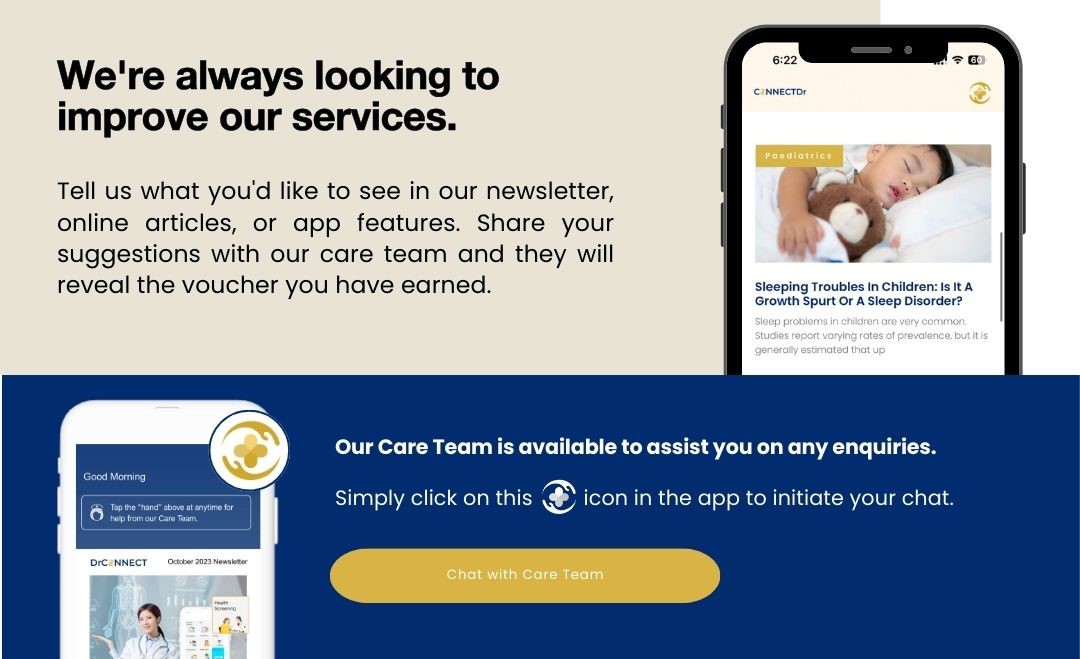When it comes to monitoring and diagnosing heart conditions, medical professionals rely on a variety of tests and procedures to understand how the heart is functioning. Whether you’re experiencing symptoms such as chest pain, fatigue, or shortness of breath, or you’re undergoing routine health checks, heart procedures like an electrocardiogram (ECG), stress test, and other diagnostics play an essential role in evaluating your heart health. This article will provide an overview of these procedures, what you can expect during them, and why they are important for your well-being.
1. Electrocardiogram (ECG or EKG)
An Electrocardiogram (ECG or EKG) is one of the most common tests used to assess your heart’s rhythm and electrical activity. It’s a quick, non-invasive procedure that provides valuable insights into how well your heart is functioning.
What to Expect During an ECG:
Preparation: You’ll be asked to lie down on an examination table. Small electrodes will be attached to your skin—typically on your chest, arms, and legs. These electrodes are connected to an ECG machine.
Process: The test usually takes just 5 to 10 minutes. You’ll need to remain still while the machine records your heart’s electrical signals.
What It Measures: The ECG creates a graph of your heart’s electrical impulses, which helps doctors detect irregular heartbeats, heart attacks, or other abnormalities like arrhythmias.
Why It’s Important:
An ECG is valuable for detecting issues such as:
Abnormal heart rhythms (arrhythmias)
Previous heart attacks or signs of heart damage
Structural heart problems, like enlarged heart chambers
2. Stress Test (Exercise Stress Test)
A stress test, also known as an exercise stress test, is designed to evaluate how your heart responds to physical activity. It helps doctors determine how well your heart handles the increased demand for oxygen during exercise, which is useful for diagnosing heart conditions like coronary artery disease (CAD).
What to Expect During a Stress Test:
Preparation: You may be asked to refrain from eating, drinking, or exercising for a few hours before the test. Comfortable clothing and shoes are recommended, as you’ll be walking on a treadmill or riding a stationary bike.
Process: During the test, you’ll begin at a slow pace on the treadmill or bike. Gradually, the speed or intensity will increase. Throughout the procedure, electrodes will be attached to your chest to monitor your heart rate, blood pressure, and ECG.
Monitoring: The test typically lasts about 10–15 minutes. The doctor will monitor how your heart responds to increased exertion and check for symptoms like chest pain, dizziness, or shortness of breath.
Why It’s Important:
A stress test helps detect:
Blockages in the coronary arteries
Exercise-induced arrhythmias
The overall efficiency of the heart in handling stress
3. Holter Monitor (24-Hour ECG)
For a more extended analysis of heart function, a Holter monitor may be used. This portable device continuously records your heart’s electrical activity for 24 hours or longer.
What to Expect with a Holter Monitor:
Preparation: Similar to an ECG, small electrodes will be attached to your chest, but the Holter monitor will be connected to a small device you wear on a strap or belt.
Process: The monitor will continuously record your heart’s electrical activity as you go about your daily activities. You will be asked to keep a diary of your activities and any symptoms during this period.
Return: After the monitoring period, you will return the device to your healthcare provider, who will analyze the data to look for abnormal heart rhythms or other issues.
Why It’s Important:
A Holter monitor can be used to:
Detect arrhythmias that may not appear during a standard ECG
Monitor the effectiveness of arrhythmia treatments
Evaluate symptoms like dizziness or fainting
4. Echocardiogram (Echo)
An echocardiogram is an ultrasound of the heart that provides real-time images, helping doctors evaluate the structure and function of the heart.
What to Expect During an Echocardiogram:
Preparation: You’ll be asked to lie down on an examination table, and a gel will be applied to your chest to help transmit sound waves.
Process: A small device called a transducer is moved over your chest. It emits sound waves that bounce off your heart and create detailed images. The procedure typically lasts about 30–60 minutes.
What It Measures: An echocardiogram provides a detailed view of your heart’s valves, chambers, and blood flow, helping detect problems such as valve defects, fluid around the heart, or weakened heart muscle.
Why It’s Important:
An echocardiogram helps in:
Diagnosing heart valve diseases
Assessing heart size and function
Detecting blood clots or fluid around the heart
5. Cardiac Catheterization (Angiogram)
Cardiac catheterization, often performed if your doctor suspects severe coronary artery disease, allows for a direct examination of your heart’s blood vessels.
What to Expect During Cardiac Catheterization:
Preparation: You will likely be asked to fast before the procedure. A local anesthetic will be used to numb the insertion site, usually in the groin or wrist.
Process: A thin tube (catheter) is inserted into a blood vessel and guided to the heart. Dye is injected to make the blood vessels visible on X-ray, allowing doctors to see blockages or narrowing in the coronary arteries.
Recovery: This is a minimally invasive procedure, but you’ll need to rest for a few hours after the test to ensure no complications.
Why It’s Important:
Cardiac catheterization is critical for:
Diagnosing coronary artery blockages
Assessing the severity of heart disease
Planning for procedures like angioplasty or stent placement
Heart procedures are essential tools in diagnosing, monitoring, and treating heart conditions. Whether you’re undergoing an ECG to check for rhythm problems, a stress test to evaluate your heart’s response to exercise, or more advanced tests like an echocardiogram or cardiac catheterization, these procedures can provide valuable insights into your heart health. Always consult with your healthcare provider to determine which tests are right for you, based on your symptoms and risk factors. By staying informed about these procedures, you can take proactive steps toward maintaining a healthy heart.




